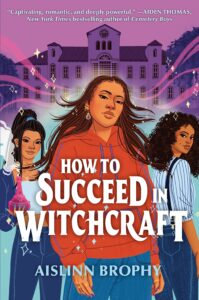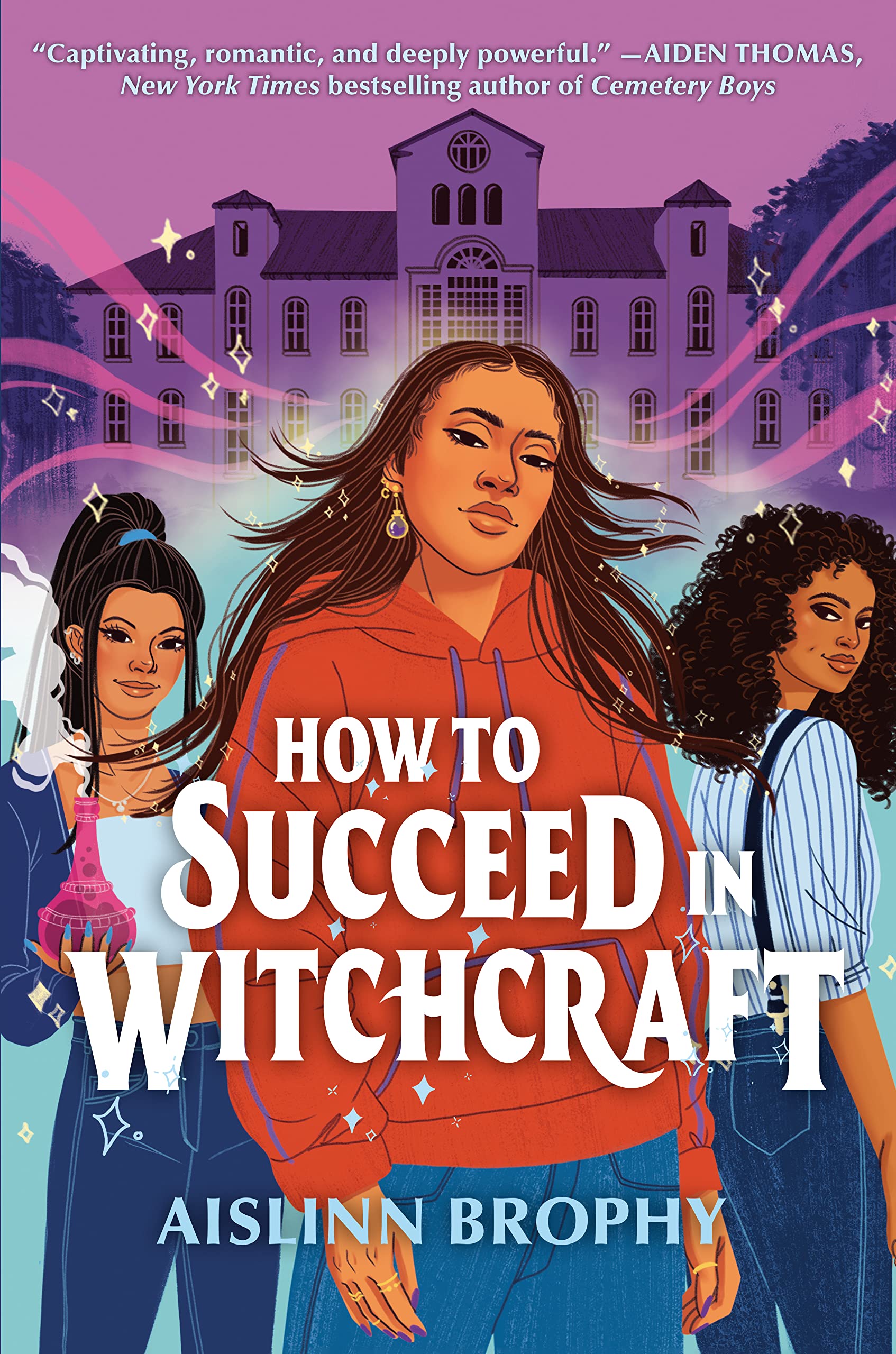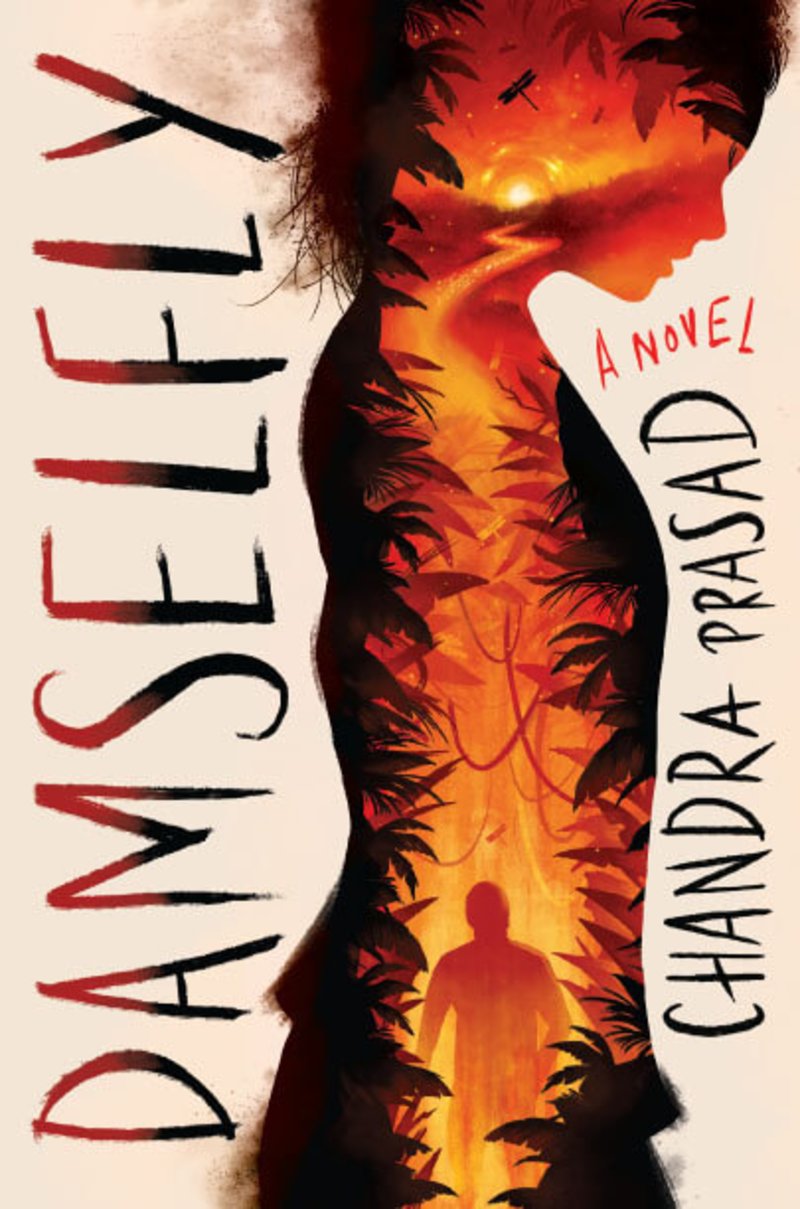 How to Succeed in Witchcraft follows Shay, a junior at T. K. Anderson Magical Magnet School, as she competes for the highly competitive Brockton Scholarship. Almost guaranteeing her entrance into a licensing university, the scholarship would cover her tuition and ensure she becomes licensed in potionmaking, which is the ticket to a high-paying job. When a member of the scholarship committee, Mr. B, begins to show a special interest in her, she thinks the scholarship is within reach. Over the next several weeks, Shay is taken on a journey that causes her to question who her real enemies are and if her plan for the future is the path she can take.
How to Succeed in Witchcraft follows Shay, a junior at T. K. Anderson Magical Magnet School, as she competes for the highly competitive Brockton Scholarship. Almost guaranteeing her entrance into a licensing university, the scholarship would cover her tuition and ensure she becomes licensed in potionmaking, which is the ticket to a high-paying job. When a member of the scholarship committee, Mr. B, begins to show a special interest in her, she thinks the scholarship is within reach. Over the next several weeks, Shay is taken on a journey that causes her to question who her real enemies are and if her plan for the future is the path she can take.
There is little I didn’t enjoy about the book. I found the magic system incredibly intriguing and fun; I’d love to see what it would look like in an adaptation. The combination of elements classically associated with witchcraft, like potions, with those of new-age witches, like crystals, worked really well together. The first introduction to this magic is as Shay is brewing a potion for class in the first pages, and it’s wonderfully outlined, allowing the reader to really picture the magic as it is manipulated.
Another great aspect of the first chapter is how easily and naturally Shay’s sexual orientation comes up. She’s a lesbian, and I thought it was perfectly tied into a conversation with her mother. It made it clear from the start without feeling out of place or forced. This revelation also hints at who the love interest of the story is as soon as she’s introduced, making it a healthy rivals-to-lovers story.
I really appreciated the social commentary of How to Succeed in Witchcraft. From the comparisons of licensing colleges and non-licensing colleges to four-year universities and community colleges to the racist language and suggestions that Shay faces on a regular basis, I do hope it is a story people of color can relate to. As a white woman, I couldn’t relate to some of the struggles presented on the pages, but I could sympathize with how it angered Shay and was angry for her. I do wish the references to communes that young adults run away to had been more thought out, as it regularly felt like a throwaway mention to add to the commentary, which felt like a lost opportunity.
What anyone reading this book can relate to is being put in an uncomfortable position. As Shay tries to separate herself from the other scholarship applicants, she ends up down a road that causes her to make difficult choices that can impact her scholarship eligibility and her future. I did suspect where the story was going but was still heartbroken that she had to deal with the situation, as it’s something no one should be forced to go through.
How to Succeed in Witchcraft is a great book for young readers. It shows them how to navigate difficult paths, when situations can cross the line, and how to adapt when things don’t go according to plan. It is the perfect read for this fall.
A copy of this book was provided by the publisher, G. P. Putnam’s Sons, for review.



